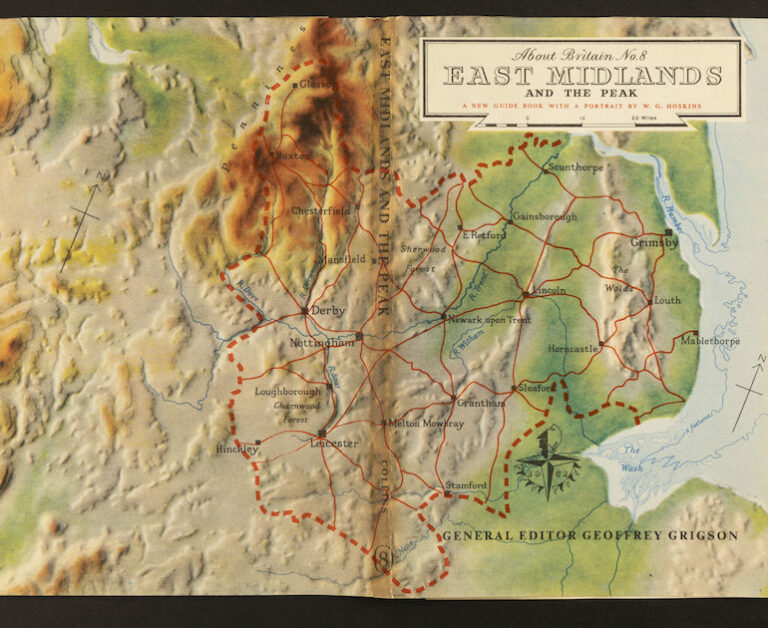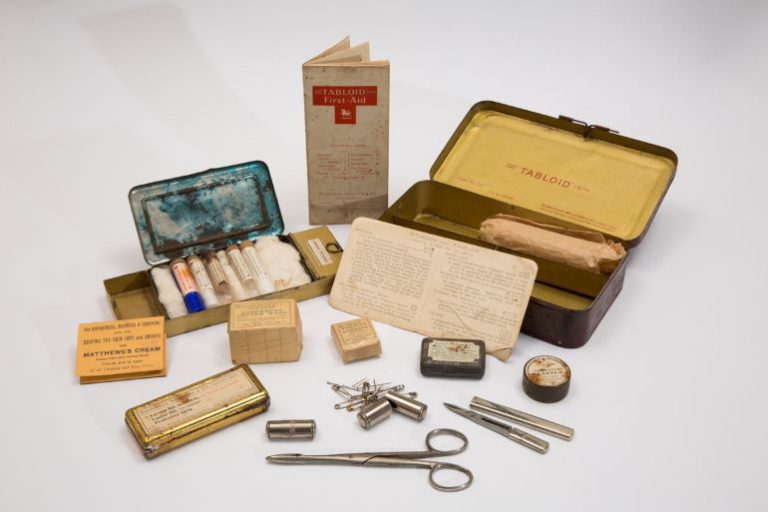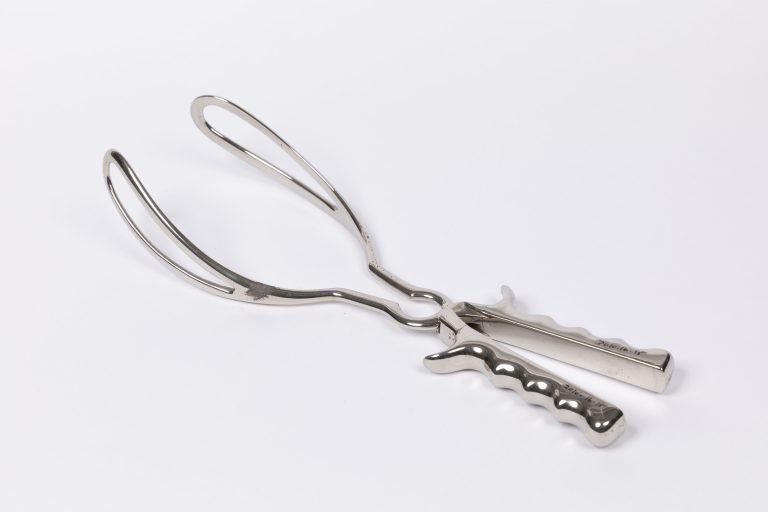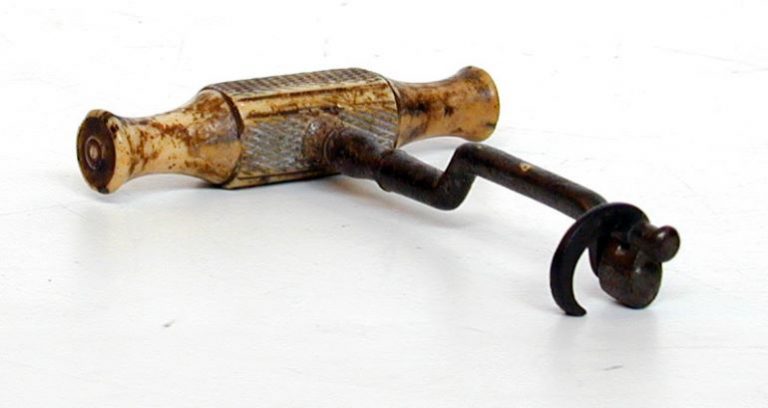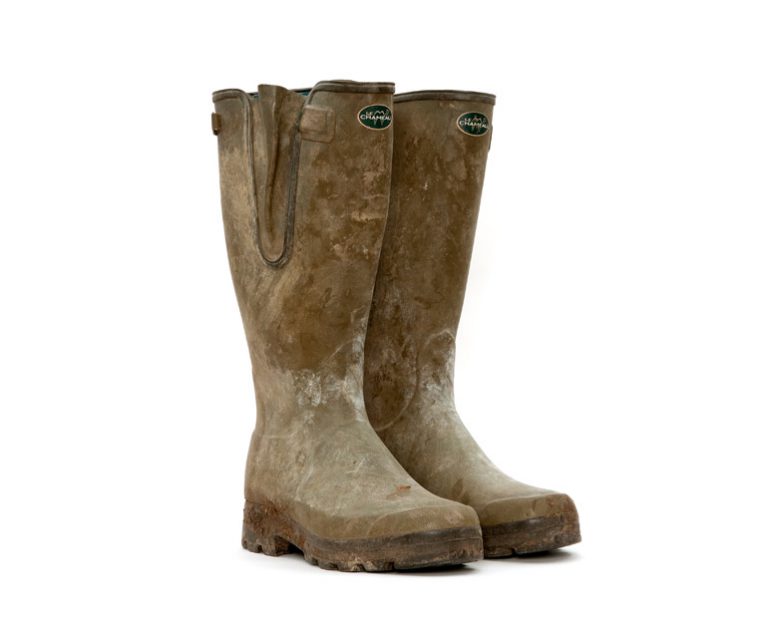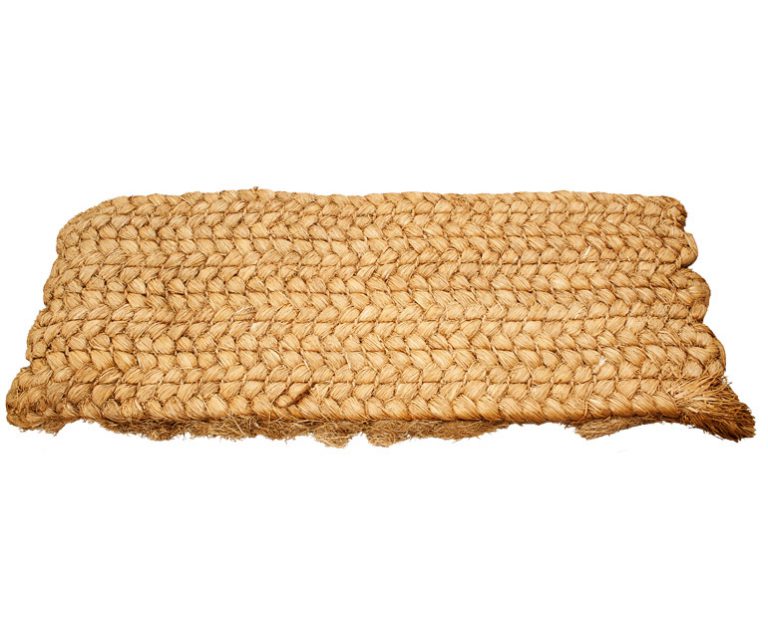Town and Country
Explore the Connections Between Town and Country
Three large objects punctuate this gallery: a horse with cart and gear, a portable steam engine and a Series 1 Land Rover. Together they represent the changes in how we power the countryside: from muscle-power to steam-power to petrol-power.
Our urban and rural worlds collide and mingle in many ways, but once you dig into the detail it becomes less and less clear where the country ends and town begins. We use our diverse collections to explore things as varied as our love and abuse of the English village, how townies adopt rural fashion, allotment farming, the right to roam, animal health and much more.
This gallery includes such highlights as an early bicycle called a ‘boneshaker’, the chance to hear evacuee stories from the Second World War, welly boots that belonged to Glastonbury Festival Michael Eavis, an early birthing or deathbed mattress, veterinary equipment and many other surprising things.
Introduction to Town and Country
MERL Curator, Dr Ollie Douglas, discusses the themes explored in this gallery.
Watch on Youtube or watch here…
